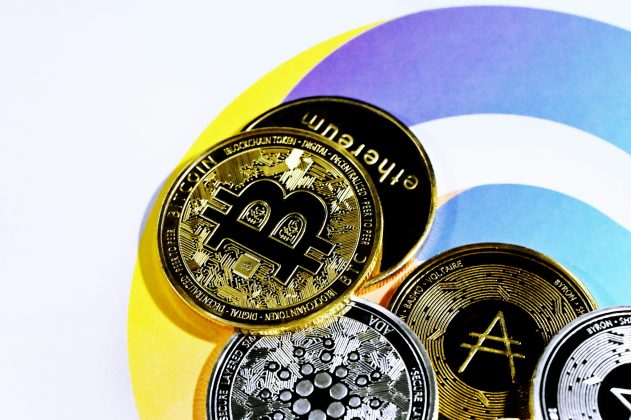Meme coins have received a high-risk score from Coin Metrics reports, underscoring the increased volatility and market manipulation within this market. The analysis conducted by Coin Metrics aims to spread awareness of the speculative nature of these digital assets, urging caution for investors considering jumping on the meme coin bandwagon.
Report Flags Meme Coins As High Risk
As the meme coin market continues to expand rapidly, extending its reach to a broad range of audiences in different global regions, it’s important to understand the various risks tied to these digital assets. On June 11, Coin Metrics, a leading provider of crypto financial intelligence, released a report detailing the inherent risks associated with meme-based cryptocurrencies.
In the report, meme coins were given a risk score, marked by a high Gini coefficient of approximately 0.8. The Gini coefficient is the statistical measure of economic inequality in a population. It evaluates the dispersion of income or distribution of wealth amongst members of a particular population.
A Gini index of 0 represents perfect equality, while an index of 1 indicates inequality. In the context of meme coins, the Gini coefficient can be used to assess the distribution of crypto asset holdings among different wallet addresses.
Coin Metrics 0.8 evaluation of meme coins highlights the significant investment risks tied to these digital assets. The crypto platform has attributed the heightened risks of meme coins largely to the increased concentration of token ownership within the meme coin market.
This suggests that most of the meme coins are held by a small portion of crypto investors. These investors are typically called “Whales” or large token holders and are recognized by the massive token transactions and holdings. Coin Metrics revealed the impact of high token ownership, indicating the potential for market manipulation and liquidity challenges within the market.
In addition to the volatile nature of these coins, which in itself is a substantial risk factor, a high Gini coefficient for meme coins also indicates heightened centralization. This increased centralization poses substantial risks as large token holders tend to significantly impact a token’s price when executing large-scale transactions.
Coin Metrics has urged investors to remain cautious of the risks tied to meme coins, highlighting the need for careful consideration when evaluating these coins. The crypto platform has also encouraged investors to assess the stability of these tokens by understanding their market dynamics and activities before investing in them.
The Growth Of The Meme Coin Market
According to the Coin Metrics report, as of June 2024, the meme coin sector has grown to a market capitalization above $60 billion. This market, which is characterized by coins based on humorous characters and animals, has grown considerably since its inception.
While the market’s growth may be primarily attributed to the speculative nature of meme coins, investors’ interest and demand for meme coins remain high. Some of the most popular meme-based cryptocurrencies such as Dogecoin (DOGE), Shiba Inu (SHIB) and Pepe (PEPE) have been the face of the market, expanding rapidly over the years.
Newer coins like Dogwifhat (WIF) and Book of Meme (BOME) have also been taking the market by storm, reaching a market capitalization above $2.6 billion and $691 million, respectively, in less than a year. On the other hand, Dogecoin, Shiba Inu and Pepe are three of the most popular and largest meme coins in the market.
Currently, Dogecoin’s market capitalization has exceeded $20 billion, while Shiba Inu’s stands at over $13 billion. Pepe’s market value has also risen as high as $5.5 billion, according to CoinMarketCap. Combined, these three popular meme coins soared to a remarkable market value of $100 billion in 2021.
Bitcoinist.comRead More

